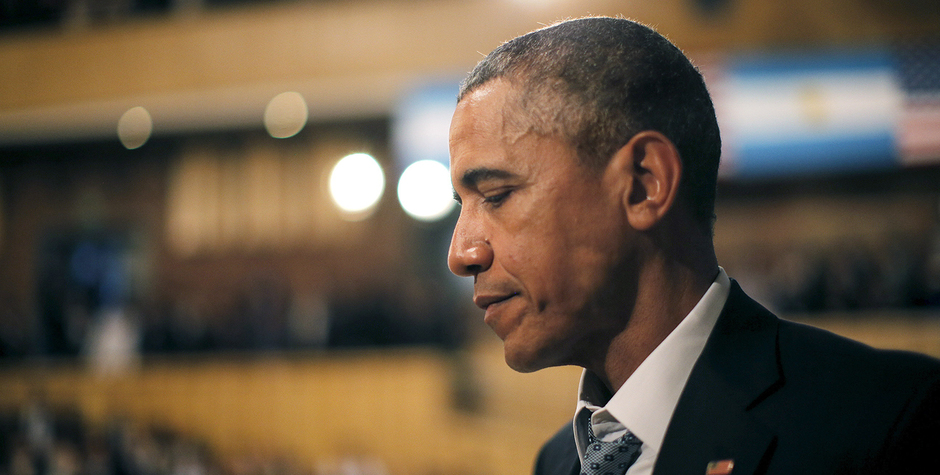Supreme Court Considers President Obama’s “Upside Down” Executive Overreach on Immigration
This morning, across the street from our offices in Washington, the Supreme Court heard arguments in the pivotal case of United States v. Texas.
The Supreme Court will decide whether President Obama has the power to, in the President’s words, “change the law.”
As I reported a couple of weeks ago, we filed a brief in this case on behalf of more than 337,400 Americans (that number has now increased to over 349,000) in support of Texas and 25 other States who have stood up to President Obama’s dangerous Executive overreach on immigration.
Our legal team was present in the courtroom for the arguments. In fact, we’ve been involved in this case from the beginning, when I testified before Congress in 2014, and we’ve filed briefs in both the district court and the Fifth Circuit Court of Appeals on behalf of 113 Members of Congress and hundreds of thousands of Americans. Today, these Members of Congress also made their arguments to the Court, supporting the States. They rightfully contended that President Obama’s actions violate the laws of Congress.
Just as I predicted, President Obama’s attorneys tried hard to frame this case as one about immigration policy. But as we’ve said all along, this case is about so much more: the Constitution, the Separation of Powers, and the President’s Article II, Section 3 duty to take care that the law be faithfully executed.
Justice Anthony Kennedy got right to the point, when he said it appears “as if the president is setting a policy and Congress is executing it.” He concluded: “That’s just upside down.”
As I’ve said many times, the Constitution is clear: Impatient presidents can’t change the law.
We had raised this basic constitutional issue in both lower courts, but those courts were able to dispose of President Obama’s lawless action on other grounds. The Supreme Court, however, specifically added the constitutional issue to the list of issues it would consider. And we directly addressed it once again in our brief.
Today, President Obama’s attorney made several arguments in an effort to distract the Court from the President’s unconstitutional action. They contended the States aren’t “injured” by the program and therefore, do not have “standing” to challenge it in court. They’re wrong and both lower courts soundly rejected this argument. Today, Chief Justice John Roberts expressed his concern with President Obama’s position, describing it as “a real catch-22” for the states.
The Administration argued that the laws of Congress give the President the power to “defer action” for millions of immigrants, granting them “lawful presence” (and the federal and State benefits lawful presence entails). But it was unable to persuasively point to a specific statute granting such broad authority. Because there isn’t one. President Obama created this new scheme from whole cloth.
The Administration went on to insist that President Obama has the authority to change the law through “prosecutorial discretion.” But as we explained in our brief, historically (and legally), prosecutorial discretion only applies to individual cases – not sweeping, class-based decisions not to enforce the law against whole categories of people. Congress has certainly vested the Executive Branch with discretion in certain areas of immigration law, but it did not do so here.
They claimed the President’s action in substantively changing the law is unreviewable by courts. In other words, not even our federal courts can hold him accountable. Again, they’re wrong.
The high Court has a critical opportunity to protect the Constitution. Much more than a particular immigration policy is at stake.
In the absence of the late Justice Antonin Scalia, it is possible the Court could split four-to-four. In this case, a four-to-four vote would mean a win for the States (and ultimately the Constitution), since they prevailed at the court below. It would stop this particular abuse of Executive power but would not set a precedent.
Based on the questions raised by Members of the Court today, a four-to-four decision is entirely possible.
The Court will likely render its decision in late June.
We will continue to challenge President Obama’s abuses of power each and every time he attempts to circumvent the Constitution.
